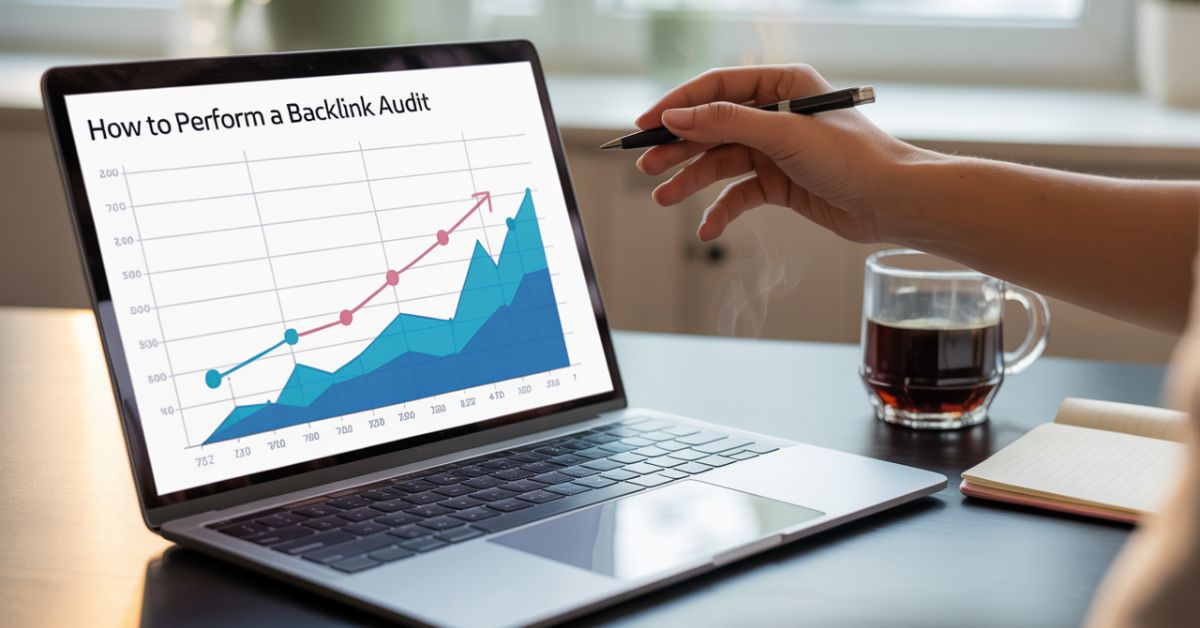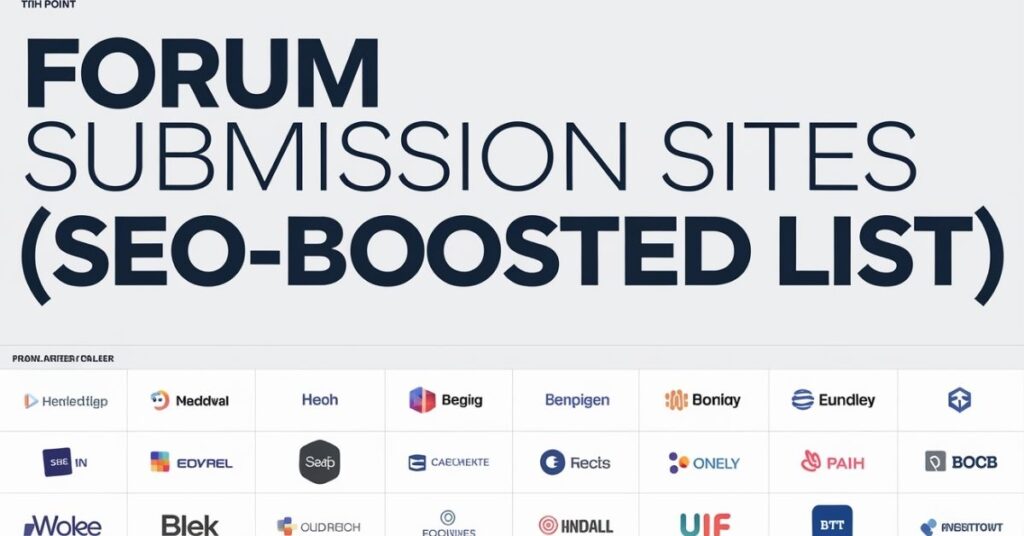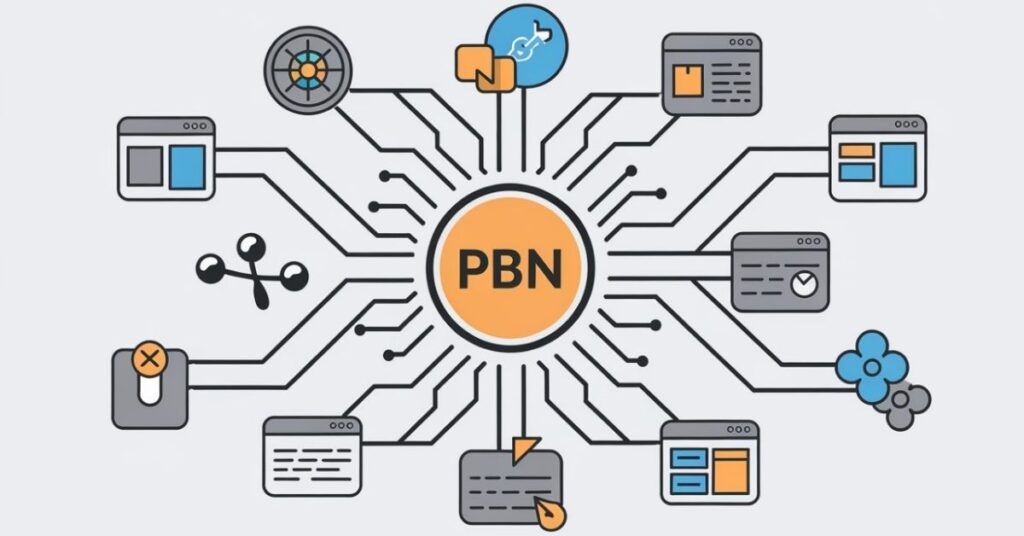A backlink audit is one of the most important tasks in search engine optimization (SEO). It involves reviewing and evaluating all the links pointing to your website to ensure they are helping—rather than harming—your rankings. Over time, your site can gather backlinks from various sources. Some of these links may be high-quality and help boost your visibility, while others can be spammy or irrelevant, pulling down your SEO performance.
In this guide, we’ll walk you through everything you need to know about performing a backlink audit in simple and clear language. Whether you’re a beginner or someone who wants to improve your website’s SEO health, this guide will be helpful.
Preparing for a Backlink Audit
Before starting your backlink audit, you need the right tools. There are many SEO tools available, but some of the most trusted and widely used are:
- Ahrefs: Offers detailed backlink reports, anchor text analysis, and link quality scores.
- Semrush: Provides a backlink audit tool, toxic score, and suggestions for disavowal.
- Moz: Known for its Domain Authority metric and link quality indicators.
- Google Search Console: A free tool from Google that shows your site’s backlinks and other important SEO data.
You can choose one or use a combination of these tools for a more accurate audit.
Setting Benchmarks
Before diving into the audit, it’s important to understand your current backlink profile. This includes:
- Total number of backlinks
- Number of referring domains
- Top linking domains
- Anchor text distribution
- Domain Authority (DA) or Domain Rating (DR)
These benchmarks will serve as your reference point. Once your audit is complete and changes are made, you can compare new results with these original numbers.
Conducting the Backlink Audit
Step 1: Analyze Your Backlink Profile
Start by collecting all backlinks pointing to your website. Use your chosen tools to export a list of all links. Then:
- Review how many backlinks you have.
- See which domains are linking to you.
- Check if these domains are trustworthy or spammy.
- Look at the pages they’re linking to and the context of the link.
You want to have backlinks from authoritative and relevant websites. Links from unknown, unrelated, or suspicious websites can hurt your SEO.
Step 2: Identify Toxic or Low-Quality Links
A toxic backlink is one that may harm your website’s ranking. These include links from:
- Spammy directories
- Irrelevant websites
- Link farms or networks
- Sites penalized by Google
- Adult or gambling websites (if unrelated to your niche)
Most SEO tools will give a “toxicity score” to backlinks. Review the links with high toxicity and mark them for further action.
Step 3: Evaluate Anchor Text Distribution
Anchor text is the clickable text in a hyperlink. It helps search engines understand what the linked page is about. But too much of the same anchor text, especially exact-match keywords, can look suspicious to Google.
You should aim for a natural mix of:
- Branded anchor texts (e.g., your company name)
- Generic anchor texts (e.g., “click here”)
- Partial-match keywords
- Naked URLs
An unnatural anchor text profile may result in penalties, so keep this balanced.
Step 4: Compare with Competitors
To know how well your backlink profile stacks up, analyze your competitors’ backlinks. Choose 2–3 competitors who rank well for your target keywords and check:
- Their total backlinks and referring domains
- The quality of their links
- Common sources that link to them but not to you
This can help you discover opportunities to build new links and improve your own profile.
Step 5: Take Action on Harmful Links
Once you’ve identified bad backlinks, you have two options:
- Contact the website owner and ask for the link to be removed. This works sometimes but may not always succeed.
- Disavow the link using Google’s Disavow Tool. This tells Google to ignore those links when assessing your site.
How to disavow links:
- Create a .txt file with all the URLs or domains you want to disavow.
- Go to Google Disavow Tool.
- Select your website and upload the file.
- Google may take a few weeks to process.
Only disavow links if you’re sure they are harming your site. Use this option carefully.
Post-Audit Strategies
Monitoring and Maintenance
A backlink audit is not a one-time job. You should make it a regular part of your SEO strategy. Set a schedule—monthly or quarterly—to review your backlinks and keep your profile clean and strong.
Use tools to get alerts when:
- You gain a new backlink
- You lose a backlink
- A backlink’s status changes
This way, you stay on top of your link profile.
Building High-Quality Backlinks
After removing bad links, it’s time to build good ones. Focus on:
- Guest posting on reputable websites
- Creating shareable content like infographics, guides, and tools
- Earning mentions from blogs, news sites, or industry influencers
- Fixing broken links on other websites by suggesting your content as a replacement
High-quality backlinks not only improve your SEO but also drive real traffic to your website.
Tracking Progress
Track how your link profile and SEO performance improve over time. Measure:
- Growth in referring domains
- Increase in organic traffic
- Better keyword rankings
- Higher domain authority or rating
Use the benchmarks from earlier to compare your progress. This helps you understand what’s working and where you need more effort.
Conclusion
Performing a backlink audit is essential for keeping your website healthy and competitive. It helps you understand the quality of your backlinks, remove harmful ones, and find opportunities to build stronger links. With the right tools, a step-by-step approach, and regular monitoring, you can greatly improve your site’s SEO.
Make backlink audits a part of your routine, and you’ll see the difference in your rankings, traffic, and overall online success.



